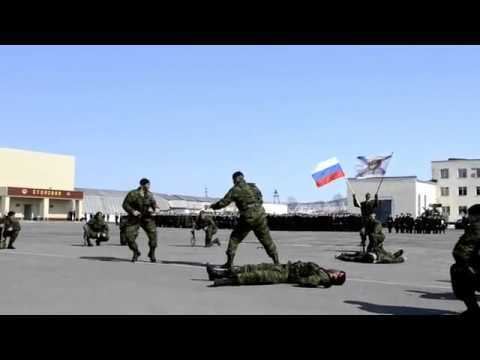Coat of arms Flag | Local time Saturday 5:34 PM | |
 | ||
Municipal district Pechengsky Municipal District Weather 0°C, Wind SW at 18 km/h, 59% Humidity | ||
Pechenga (Russian: Пече́нга; Finnish and Swedish: Petsamo; Norwegian: Petsjenga; Northern Sami: Beahcán; Skolt Sami: Peäccam) is an urban locality (an urban-type settlement) in Pechengsky District, Murmansk Oblast, Russia. Municipally, it is incorporated as Pechenga Urban Settlement of Pechengsky Municipal District. Population: 3,188 (2010 Census); 2,959 (2002 Census); 2,671 (1989 Census).
Contents
Map of Pechenga, Murmansk Oblast, Russia
History
The Pechenga area was indigenously inhabited by the Sami people. In 1533, it became part of Russia. In 1920, the area became part of Finland. The area was ceded to the Soviet Union in 1944.
The settlement was founded as the Pechenga Monastery in 1533 at the influx of the Pechenga River into the Barents Sea, 135 km west of modern Murmansk, by St. Tryphon of Pechenga, a monk from Novgorod.
Inspired by the model of the Solovki, Tryphon wished to convert the local Sami population to Christianity and to demonstrate how faith could flourish in the most inhospitable lands. His example was eagerly followed by other Russian monks. By 1572, the Pechenga Monastery counted about 50 brethren and 200 lay followers. Six years after Tryphon's death in 1583, the wooden monastery was raided and burnt down by the Swedes. It is said that the raid claimed the lives of 51 monks and 65 lay brothers. The monastery was moved closer to the Norwegian border. It was destroyed in 1764, but restored in 1880, and exists to this day.
The area was given to Finland as a result of the Treaty of Tartu and renamed Petsamo. Nickel was discovered in 1921 and began to be exploited commercially in 1935. The area was captured by the Soviets during the Winter War in 1940 but returned to Finland. During World War II Petsamo was used as a staging post for attacks on Murmansk by Finland and Germany. Aircraft from the British aircraft carrier HMS Furious attacked the port on July 30, 1941. The area was captured by the Red Army during the Petsamo–Kirkenes Offensive and incorporated into the Soviet Union after the subsequent Peace Treaty.
After the war the area was a military zone due to its proximity to the Norwegian border. Nickel mining has led to ecological problems in the area.
The 200th Independent Motor Rifle Brigade is stationed at the settlement.
